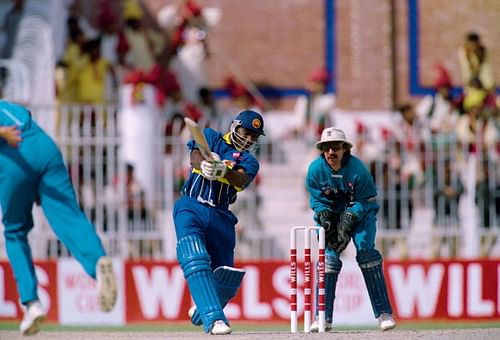
5 tactical masterstrokes in cricket
For once, I won’t be writing a long-winded opening paragraph to this article.The reason’s simple – there isn’t a single best way to describe the flashes of cerebral brilliance from exponents of the gentleman’s game. Be it the infamous Bodyline series in 1932-33, designed to counter the free-scoring ability of Don Bradman, or Ashley Giles bowling a negative line to curb Sachin Tendulkar’s immaculate placement, innovations of this sort – though baffling at times – have created a lasting impression of each game in our minds.Mahendra Singh Dhoni promoted himself ahead of Yuvraj Singh in the final of the 2011 World Cup against Sri Lanka. Everyone knows what unfolded next, but the Indian skipper’s logic was impeccable: countering the threat of Muttiah Muralitharan. Sometimes, these moves are borne out of desperation – like the time when Mark Taylor asked Stuart Law to bowl some leg-breaks to the West Indies batsmen during the 1996 WC semi-finals. Australia duly won that game when it looked all but over.While these are the kind of memories that stay with you, the list I have compiled promise to relive some of them.Here are five of the best tactical master-strokes seen in the game:
#5 15-Over Savagery: Jayasuriya-Kaluwitharana opening in the 1996 WC

The Emerald Islanders revolutionized ODI cricket in 1996 with one experimental move that quickly caught on – taking advantage of the fielding restrictions in the first 15 overs. Now, at first glance, this doesn’t seem to be much of a tactical master-stroke. However, if the “executioners” turn out to be a couple of power-hitting middle-order batsmen, one would have to credit the portly Ranatunga for the squad’s resounding success.
For the record, Sanath Jayasuriya and Romesh Kaluwitharana shared three century stands for the first wicket, as they piloted Sri Lanka to their only 50-over WC win. This strategy was later adopted by the Australians, and is now a regular feature across all teams and formats.